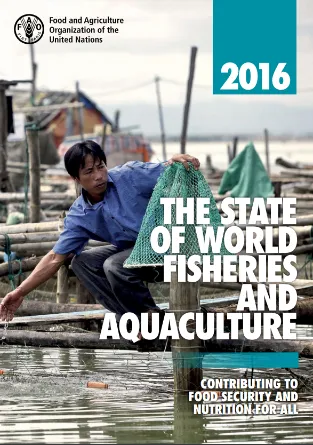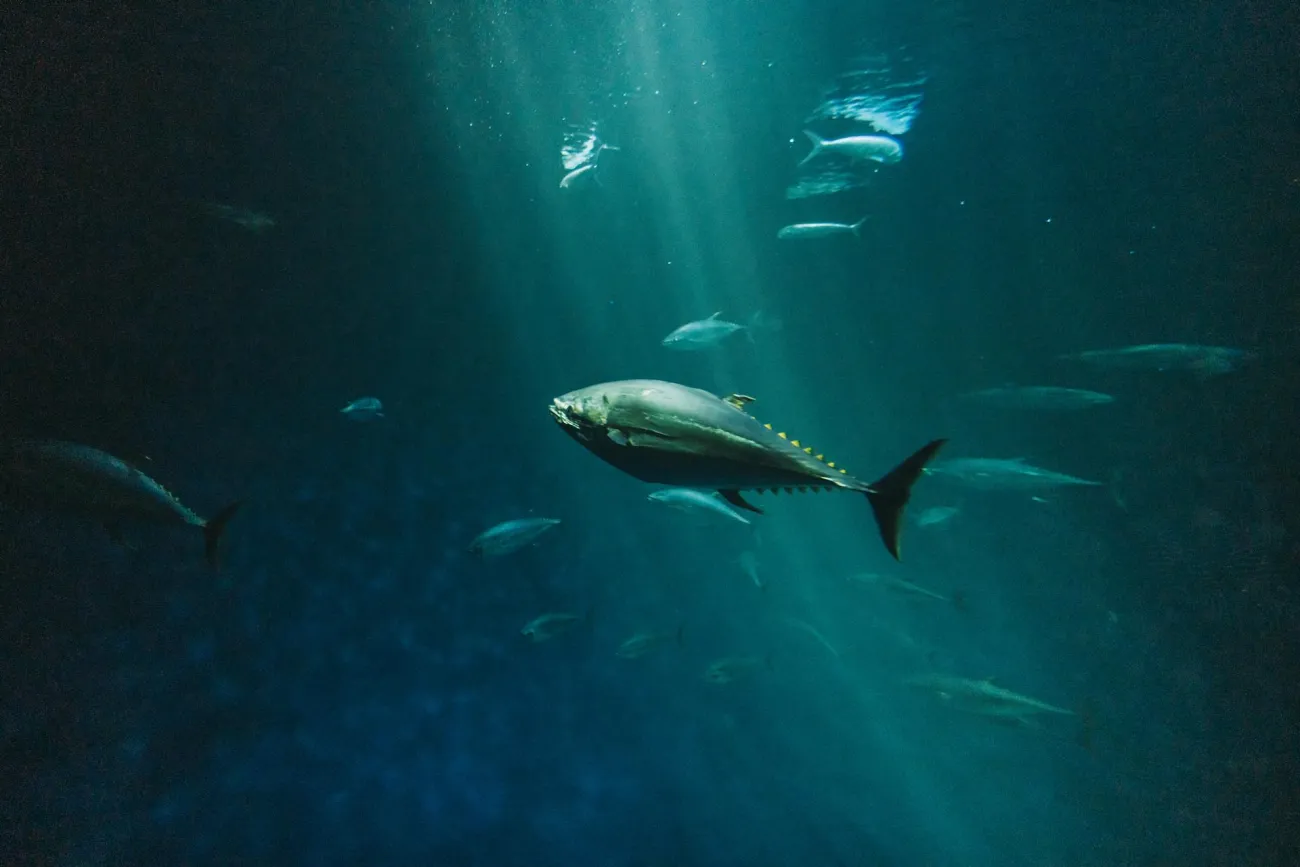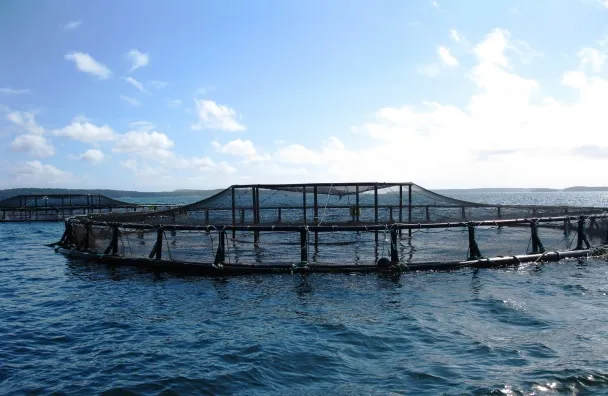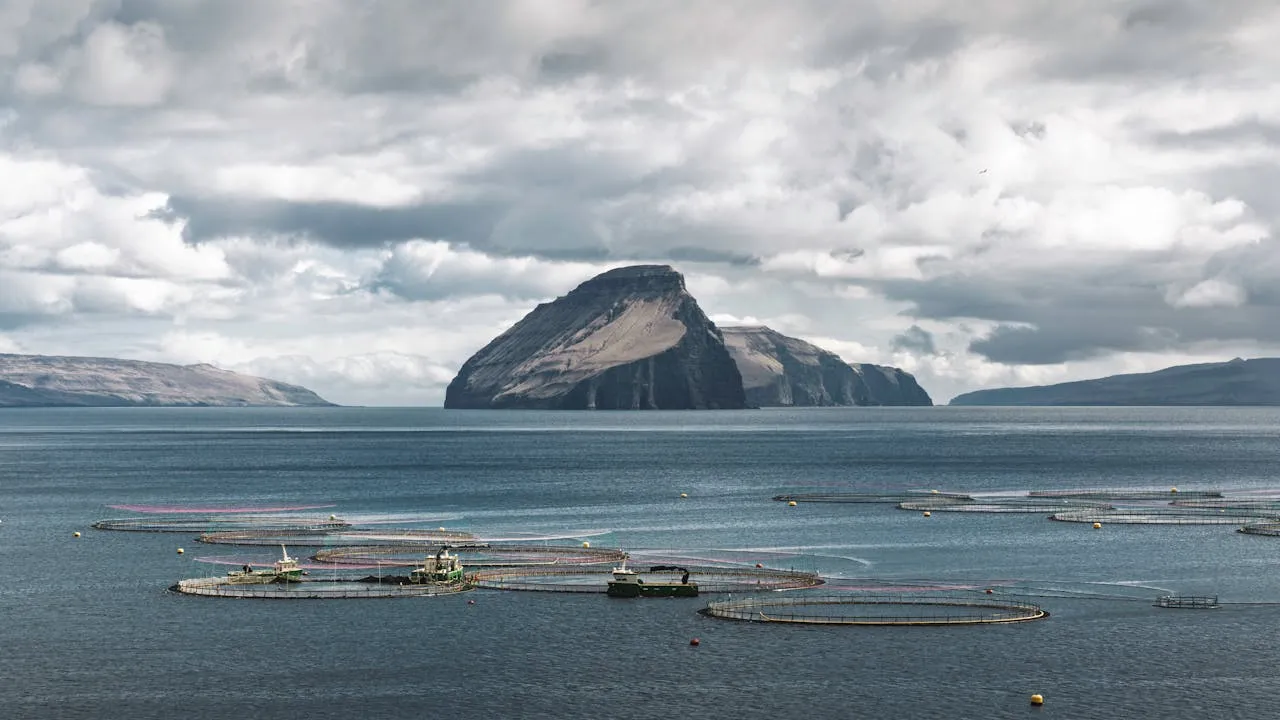This is the 2016 edition of the FAO’s State of World Fisheries and Aquaculture. The report estimates that fish now provide 6.7% of all protein consumed by humans globally, passing the 20kg per capita and year mark for the first time.

The FAO states that this development can largely be attributed to improved aquaculture and reduced waste, highlighting that people are now consuming more farmed fish than wild-caught fish. It is also a result of more fish products being used for human consumption, rather than being diverted to feed animals.
The report has a special section dedicated to analysing the implications of climate change on aquaculture production. The main drivers with direct or indirect impacts on aquaculture include warming of waterbodies, sea-level rise, ocean acidification, weather pattern changes and extreme weather events and some of these drivers will lead to an increased threat of disease to aquaculture. The report identifies some options for fish farmers and other local stakeholders to address both long-term changes/trends and sudden changes (e.g. extreme weather events):
- aquaculture zoning to minimize risks (for new aquaculture), and relocation to less exposed areas (existing farms);
- appropriate fish health management;
- increasing efficiency of water use, water recycling, aquaponics, etc.;
- increasing feeding efficiency to reduce pressure and reliance on feed resources;
- developing better-adapted seed stock (e.g. tolerance to lower pH, broader salinity resistance, faster-growing strains and species, and other attributes);
- ensuring high-quality, reliable hatchery production to facilitate outgrow in more stressful conditions, and to facilitate rehabilitation of production after disasters;
- improvement of monitoring and early warning systems;
- strengthening farming systems, including better holding structures (e.g. sturdier cages, depth-adjustable cages [for fluctuating water levels], deeper ponds) and management practices;
- improving harvesting methods and value addition
The report argues that policy-making and planning cannot wait for improved knowledge, but must proactively address the major challenges based on what is already known by developing adaptation strategies to minimize vulnerability to climate change. Many of the measures required (identified above) are part of existing best practices for aquaculture. Thus, they entail no major change in direction for stakeholders, but rather a renewed focus on priorities.
You can read the full report here and see further coverage here.
You can read more in the research library category primary production: aquaculture and fisheries, consumption and production trends, and the keyword categories aquaculture, fisheries, fish-stocks/overfishing.




Comments (0)